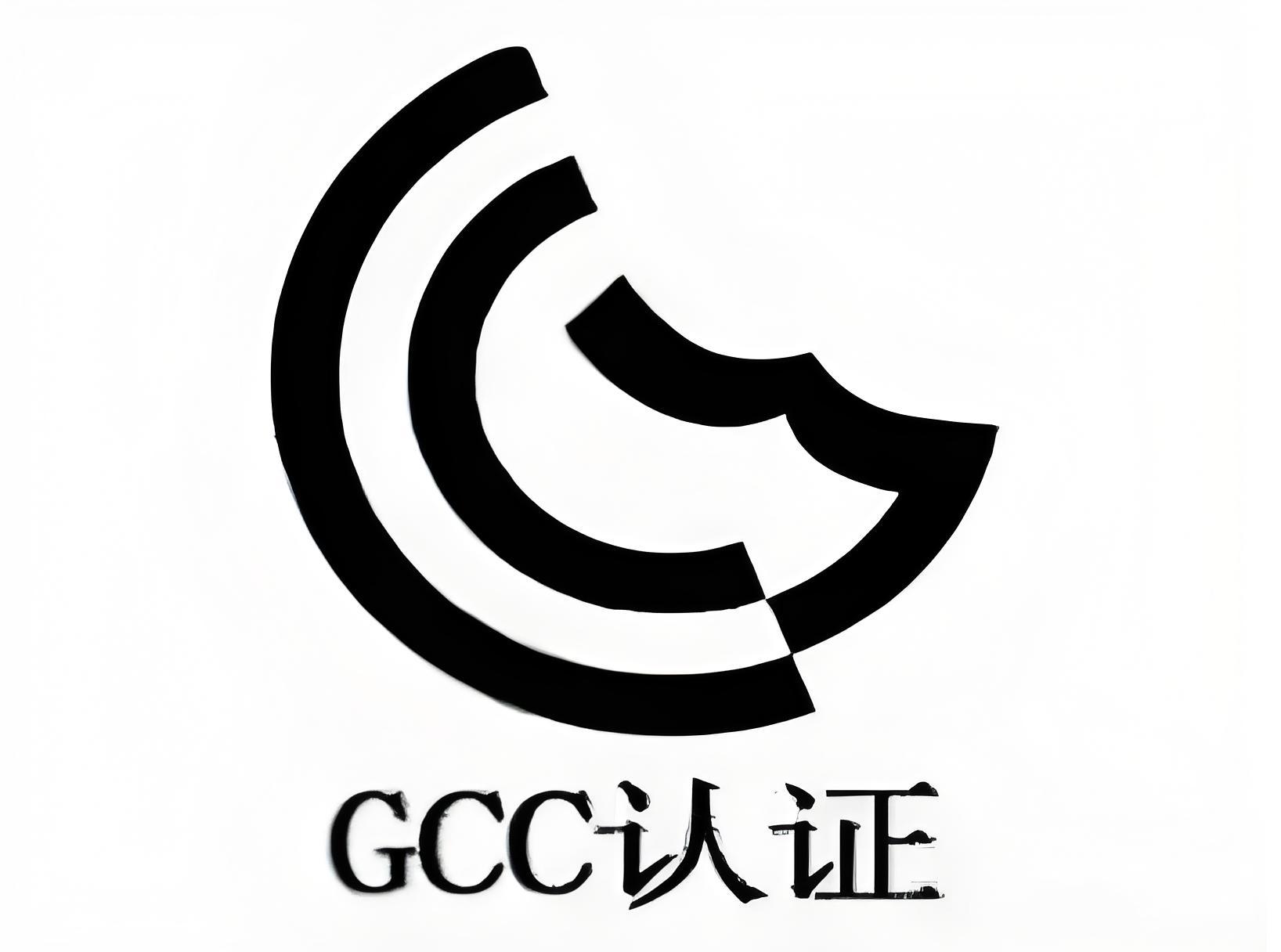
Project Introduction
Fogging/condensate (fogging/condensate) is the condensation of volatile substances discharged from automotive interior parts and materials on the glass. Automotive interior decoration materials such as leather, plastics, textiles, and adhesives for bonding materials all contain some volatile substances. Especially when the temperature of the car is increased under the sunlight, this volatility will be exacerbated. Volatile gas condenses on car windows or windshields, causing poor vision, which can affect the driver’s sight and driving safety; some volatile substances can affect the driver’s health. In order to reasonably control the generation of volatile substances, it is necessary to conduct atomization tests on materials used in automotive interiors. Materials whose fogging value exceeds the standard index will not be used in automotive interiors.
Applicable product range
The atomization test is suitable for the evaluation of the interior materials of automobiles and aircrafts, such as automotive interior plastic parts, polyurethane, textiles, leather, adhesives, non-woven fabrics, thermoplastic elastomers, etc., at high temperature. It can also be used to measure the high temperature atomization phenomenon of the argon lamp in front of the vehicle.
Detection method
At present, there are many international and domestic fogging test standards for automotive interior materials. These standards involve three test methods: gloss method, weight method, and haze method.
Gloss method: The gas evaporated by heating the sample in the fog cup is condensed on a low-temperature glass plate. By comparing and calculating the gloss value before and after condensation on the glass plate, the fog value of the sample can be obtained.
Haze method: The gas evaporated by heating the sample in the fog cup is condensed on a low-temperature glass plate. By comparing and calculating the haze value before and after condensation on the glass plate, the haze value of the sample can be obtained.
Gravimetric method: The gas evaporated by heating the sample in the fog cup is condensed on the low-temperature aluminum foil. The weight of the sample atomized-condensate can be obtained by weighing the weight change of the aluminum foil before and after condensation.
Standard reference
In the 1970s, some large automobile factories in Europe have begun to study the fogging characteristics of automotive interior parts. In the early 1980s, the German Automobile Standard Drafting Committee and the Synthetic Material Standard Drafting Committee jointly formed the "Fogging" working group. The test method and the reproducibility of the method were systematically studied, and the corresponding standard DIN75201 "Determination of the windscreen fogging characteristics of trimmaterials in motor vehicles" was published in 1992.
Subsequently, the American Association of Motor Vehicle Engineers and the International Organization for Standardization carried out partial revisions on the basis of DIN75201 and promulgated relevant standards ISO 6452 and SAE J1756. According to the above standards, major automobile manufacturers in the world have promulgated enterprise standards for the determination of fogging, and put forward relevant requirements for the fogging characteristics of automotive interior parts.
The various standards and the test methods involved are shown in the table below
Standard | Full name | Measurement methods |
Volkswagen PV3015 | 《Determination of Condensation Components》 | Gravimetric method |
Volkswagen PV3920 | 《Determination of Haze Value of Non-metal Interior Materials》 | Haze method |
Toyota TSM0503G | 《Determination of Condensation Components》 | Gloss method, weight method |
Germany DIN 75201 | 《Determination of Atomization Performance of Materials Used in Automotive Interior Equipment》 | Gloss method, weight method |
American SAE J1756 | 《Test Method for Determining Haze Characteristics of Automotive Interior Parts》 | Gloss method, weight method |
ISO 6452 | 《Rubber, Plastic, Artificial Leather-Determination of Haze Characteristics of Automotive Interior Parts》 | Gloss method, weight method |
QB/T 2728 | 《Leather Physical and Mechanical Tests Determination of Fogging Performance》 | Gloss method, weight method |
Nissan NES M0161 | 《est Method for Fogging of Interior Materials》 | Haze method |
Mitsubishi ES-X83231 | 《Fogging of Interior Materials》 | Haze method, weight method |


ANATEL certification is a mandatory certification for telecommunications equipment or related equipment by the Brazilian National Telecommunications Administration (Agência Nacional de Telecomunicações), including wireless communication equipment, wired communication equipment and related auxiliary equipment; this certification ensures that telecommunications equipment sold in the Brazilian market meets Brazil\'s technical standards and regulatory requirements, and guarantees the product\'s quality requirements such as radio frequency, electrical safety, electromagnetic compatibility, and electromagnetic exposure. If the product entering Brazil does not complete ANATEL certification, it may face fines, seizures, and other penalties.

COC certification in Algeria is a mandatory certification for products exported to Algeria, ensuring that the products comply with the country\'s safety, quality, and technical standards. The certification process includes document review, product testing, and factory inspection. Products that pass certification can be legally sold in the local market, protecting consumer interests and promoting fair trade.

GCC certification is the abbreviation for Gulf Cooperation Council certification, which is a mandatory certification requirement for products entering the market in Saudi Arabia and other countries in the Gulf region.
Fogging/condensate (fogging/condensate) is the condensation of volatile substances discharged from automotive interior parts and materials on the glass. Automotive interior decoration materials such as leather, plastics, textiles, and adhesives for bonding materials all contain some volatile substances.
Get a quote